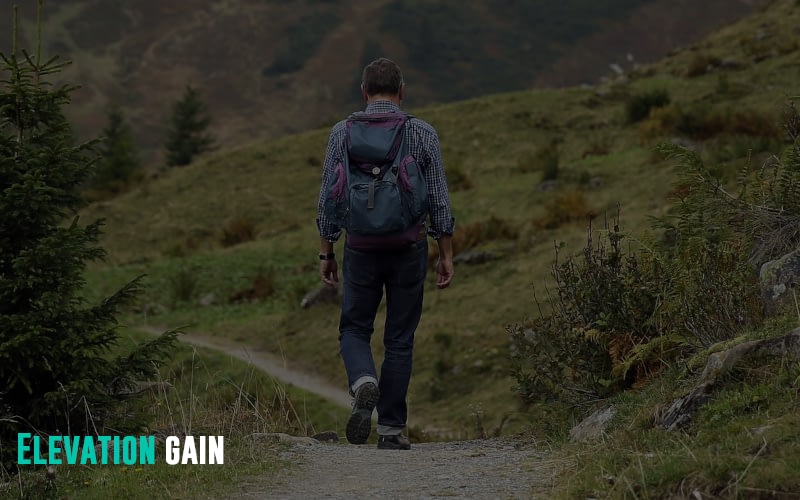Hiking is one of the most enjoyable adventure activities. However, for a hike to be enjoyable, certain things need to fall into place – your fitness. For example, picking a trail nestled 3,000m above sea level would be a mistake if you’ve never hiked at a high altitude.
In this article, you’ll find all the information you need to choose the right hiking trail depending on your fitness and abilities. So, read on.
Featured Image Source
1. Understanding trail rating systems
The Yosemite Decimal System categorizes treks and hikes, which mountaineers and rock climbers widely use.
The majority of treks are classified as Class 1 or Class 2. Scrambling or climbing in Class 3 and higher requires hands to keep your balance and hold onto the rock or spikes for ice.
As a category, Class 2 is quite broad. So, study route descriptions carefully to see if the Class 2 elements of your climb are achievable.
Here’s how it works in laypeople’s terms:
- Class 1: Low-intensity hiking with few obstacles and modest elevation gain.
- Class 2: More challenging hiking may involve going off-trail and need you to use your hands to maintain balance.
- Class 3: Unroped climbing or scrambling.
- Class 4: Steep terrain may need a rope, and falls are hazardous.
- Class 5: Climbing requires advanced technical skills and a rope.
There’s also a loosely referred categorization called the “hiking difficulty rating.” The most common categorization system for treks and hikes, the hiking difficulty rating, considers the hike’s length, height, and terrain. An easy path is shorter and has little elevation increase. The more difficult a track is, the longer it is, the steeper it is, and the more complex it is.
- Easy: Well-kept path with little or no elevation rise.
- Moderate: Consistent rise with moderate presence of stumbling blocks along the way
- Strenuous: Significantly steeper and longer ascents will likely have rocks, debris, and roots.
2. Grade or steepness
The amount of elevation gained within a particular distance is referred to as grade or steepness. At any specific location on the trail, the grade is calculated by dividing the horizontal distance by the vertical distance. For example, a route that climbs 1,000 feet in 5 miles is less steep than one that climbs 2,000 feet in 2 miles. Beginner hikers are recommended to start hiking on a path with a gentle incline.
3. Elevation gain
You should allow one hour every 2 – 3 miles and extra time for elevation fluctuations. Allow an extra hour for every 2,000 feet you climb – this is according to a guideline devised by a Scottish climber in the 1800s. Depending on your ability level, you should also allow an hour of extra time for every 1,000 feet of ascent.
Remember that with greater elevation gain, you’re likely to hike slower. Beyond the tree line, trails may be full of rocks and more challenging to navigate, but elevation makes things harder.
Hikes beyond 8,000 feet should be cautiously approached, particularly if you have no prior climbing experience at higher elevations. Altitude sickness (typically in its mildest manifestations) can significantly slow your progress, while more extreme symptoms might bring your trip to a standstill. Be conscious of your feelings, and don’t be afraid to change your mind if it’s not the right hiking trail.
4. Distance
Covering 2 – 3 miles every hour doesn’t feel challenging to hikers with a lot of experience across different trails at various elevations. However, it can be challenging for beginners to cover distances beyond 1 – 2 miles every hour. Ultimately, how much distance you can cover comes down to your stamina. Also, to cover a longer distance without draining yourself dry, you should pace your hike to something that suits you.
5. Your present fitness level
The style of trek you should do is mainly determined by your degree of fitness. Hiking on trails beyond your skill level might result in tiredness, injury, or the inability to complete the path. Choose a trek appropriate for your present fitness level rather than a tough hike to increase your fitness level. This will ensure that you love your hike and approach hiking as a regular component of your outdoor activities.
It’s important that no matter where you go, you do some research into the location so you can understand what type of hike you’ll be getting into. If you want insight on a certain location, join our community and get more insight from other Travel-Wise travelers. Did you know Travel-Wise is a free trip-planning tool to help you make your next trip plans a breeze?






